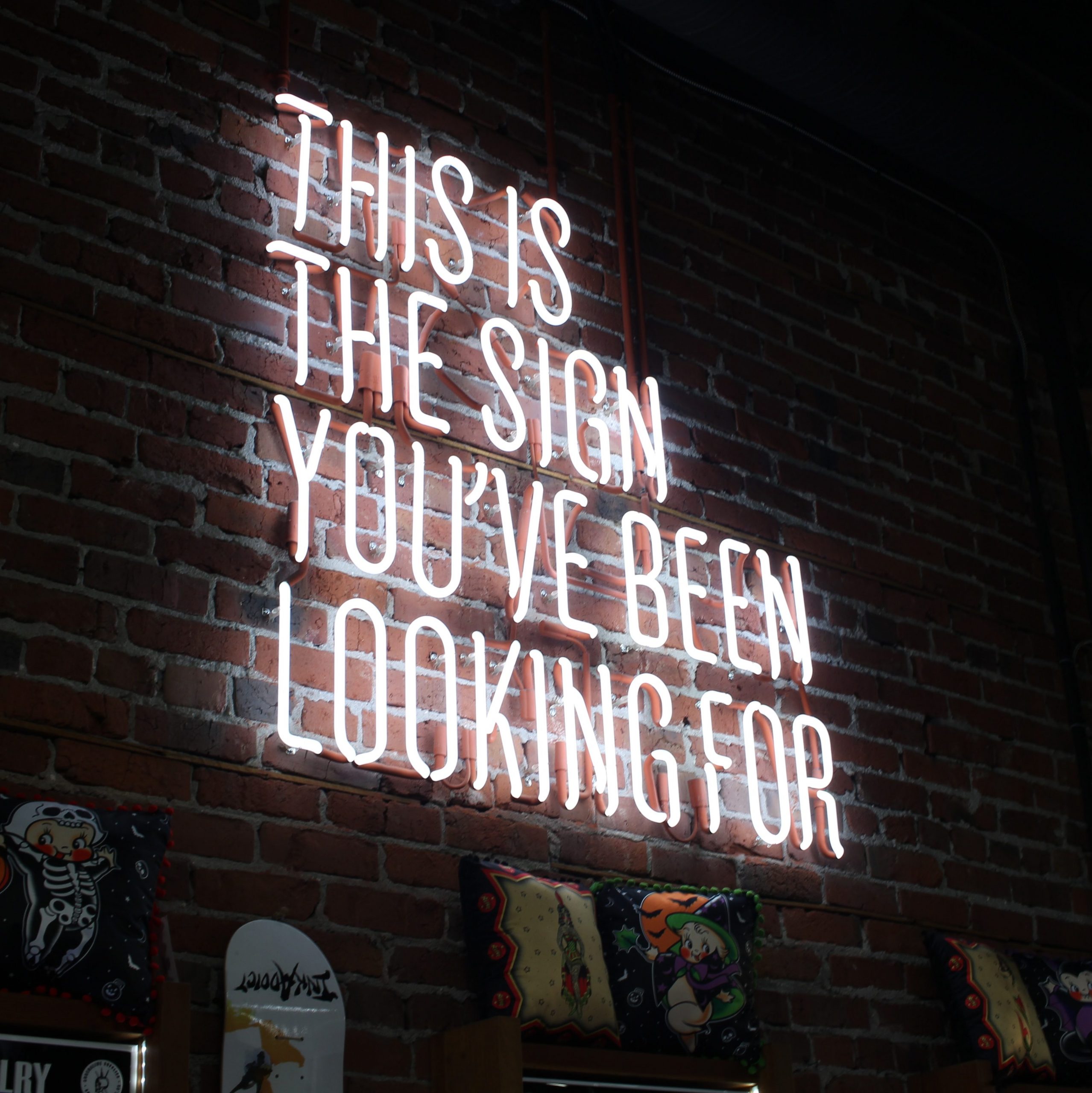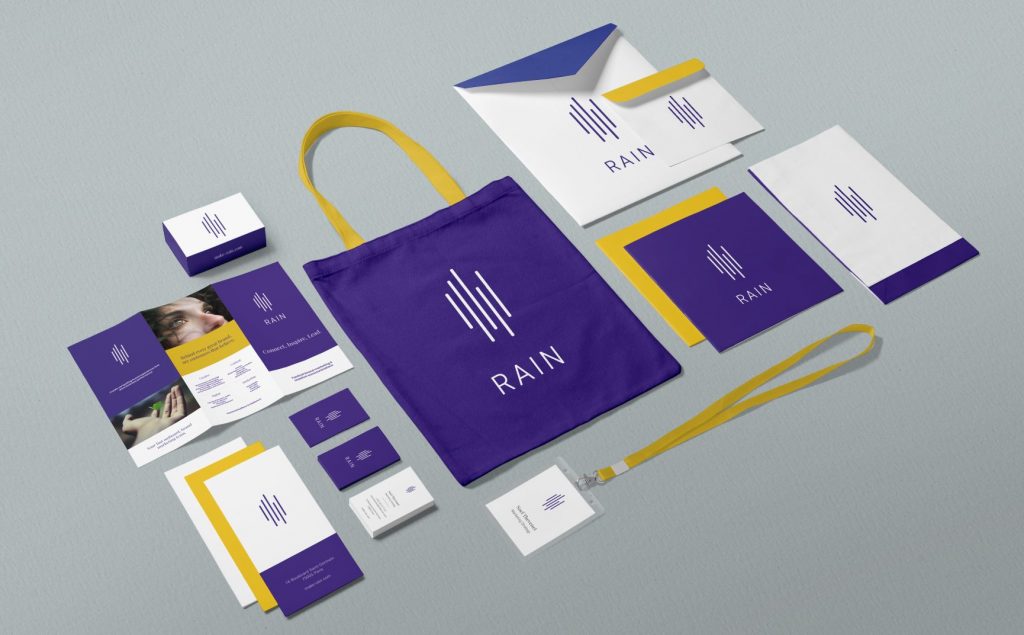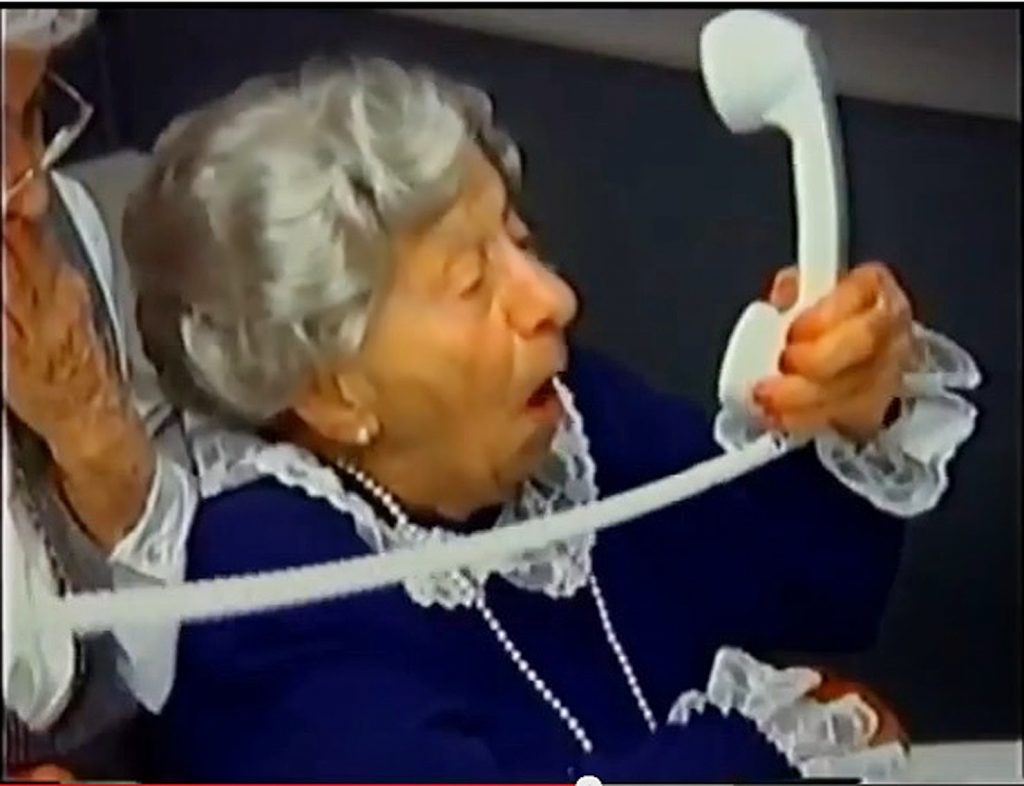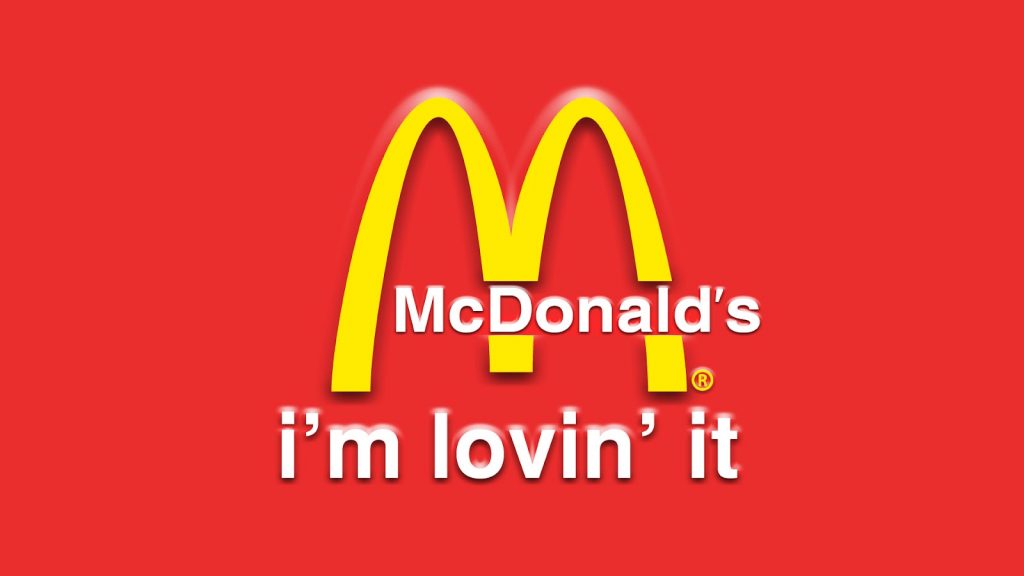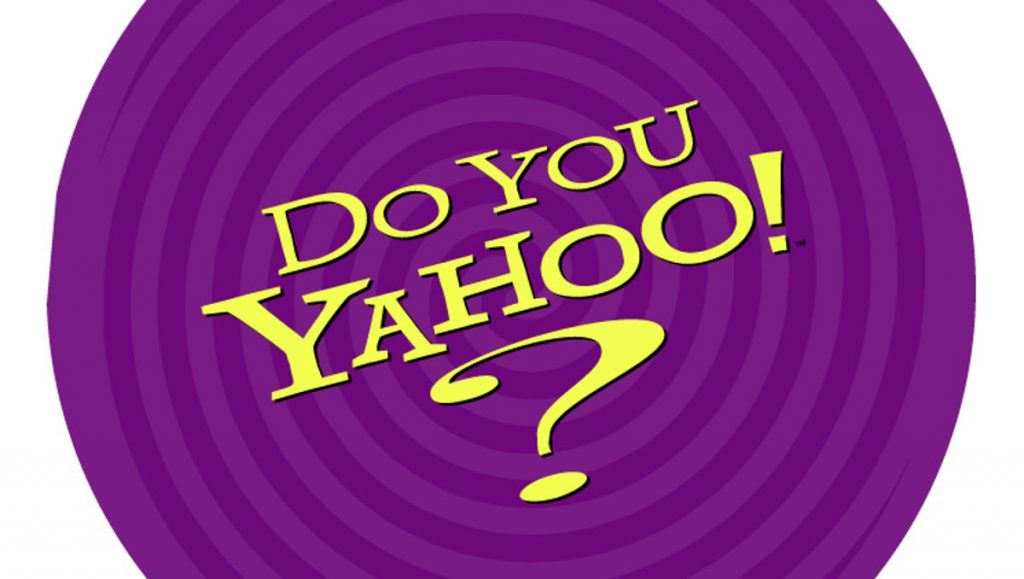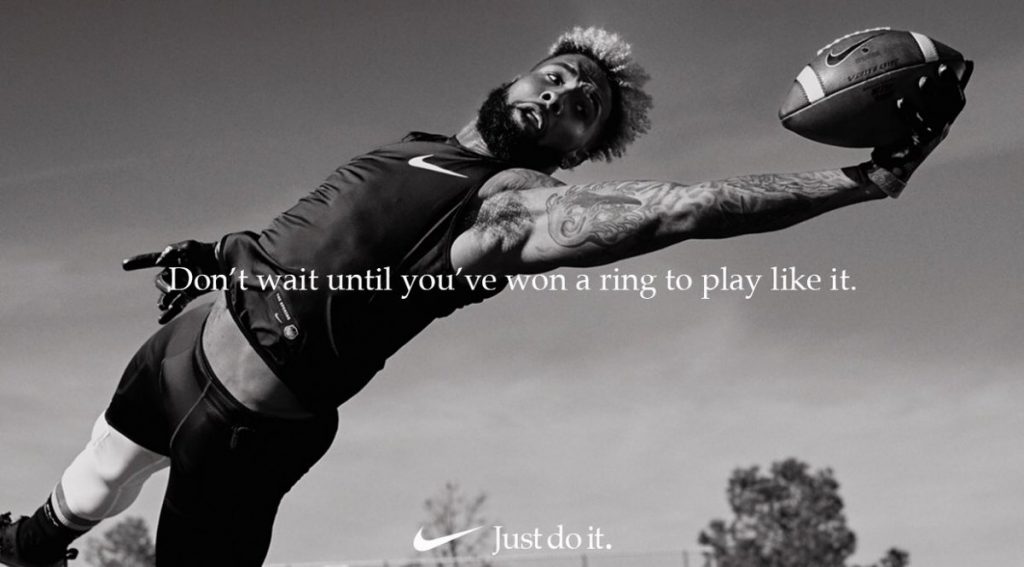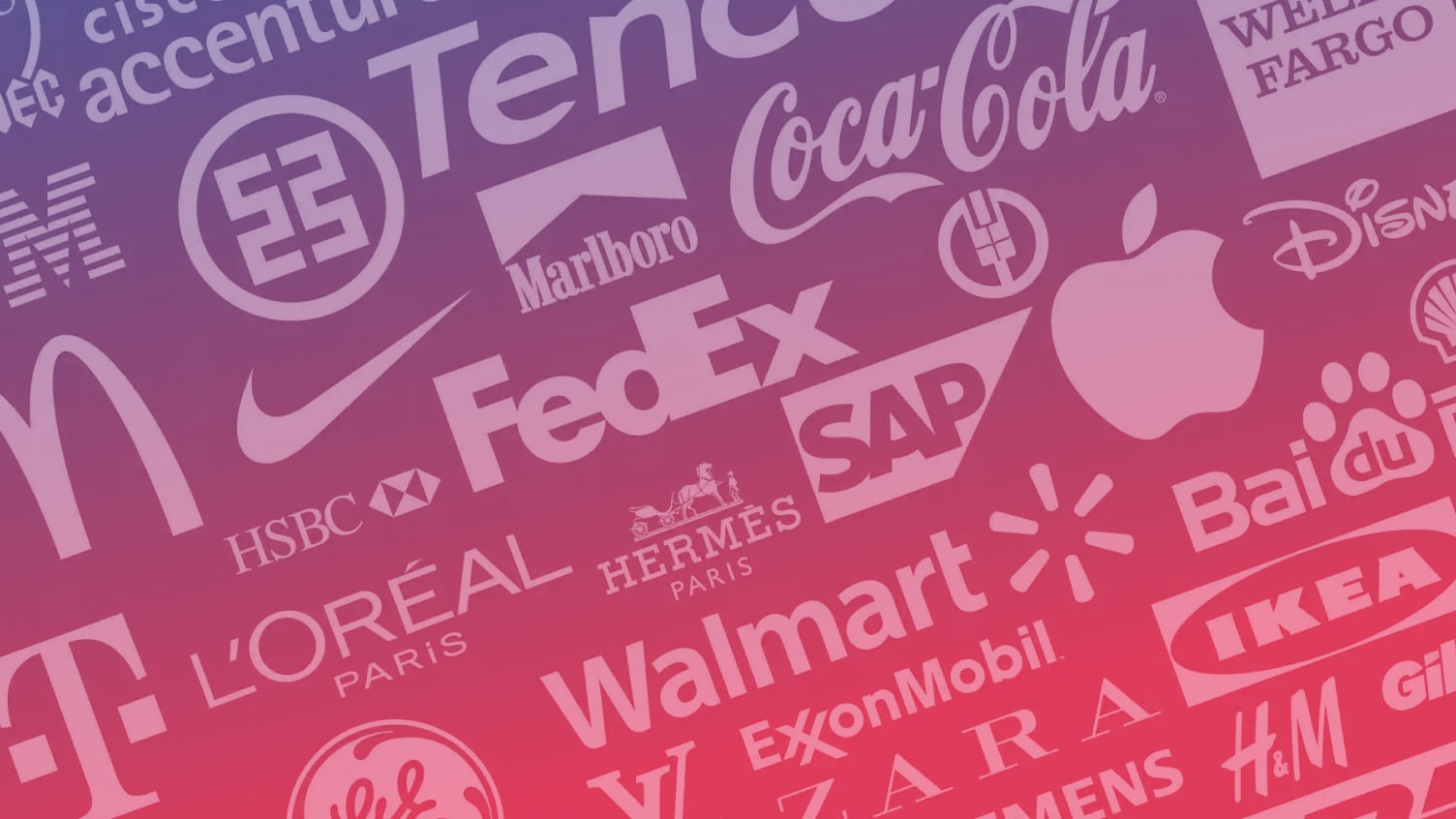As the summer season comes to an end and companies brace themselves for a rocky end-of-year, meeting sales targets is getting harder.
In the last months, we’ve seen unprecedented government stimulus plans in the trillions of euros, unemployment rates hitting all-time highs, and long-standing companies filing for bankruptcy.
Our personal lives have also taken a significant tumble in the mists of lockdowns, closed borders, racial equality protests, homeschooling, and remote work.
It’s been a year we’ll all remember and gladly bid au revoir come January.
Until then, marketers are finding new ways of driving business, putting in place digital-first (or only) marketing plans as in-person events and meetings are canceled or postponed, managing remote employees while delivering fast turnaround in sales campaigns, and rethinking content and exploring new digital mediums, while (of course) keeping peace at home.
And it also means that B2B customers must adapt and change how they search and select suppliers.
Daunting? Absolutely.
B2Bs Prefer the Consumer Way of Buying
In a recent McKinsey study of decision-makers in 11 countries and across seven sectors, it comes perhaps as no surprise that digital marketing and remote work in the months ahead will be instrumental parts of the sales process. This trend toward digital interactions isn’t new, but what came out in the study is how critical it is now.
Not only have 90 percent of sales interactions gone remote—using video conferencing, phone, or a web-sales model—decision-makers in the McKinsey study see digital interactions to be two to three times more critical to their B2B clients than traditional sales interactions.
Although the study did show that some remain skeptical in the long-term, more than half saw remote sales as equally or more effective than sales models used prior to COVID-19.
This move to placing greater importance on digital interactions reflects changes in the B2B buying behavior trends seen during the past couple of years and that have now been amplified due to the pandemic.
Not surprising, as B2B customers adjust to online buying, they will naturally compare it to their personal B2C experiences. In the McKinsey 2019 study (pre-COVID-19), this trend was already emerging; the survey highlighted suppliers who provided “outstanding digital experiences to buyers” to be twice as likely to be chosen as primary suppliers than those who provided “poor digital experiences.”
The Company Website Is Instrumental in B2B Sales
This unprecedented move to a digital-first approach for B2B companies isn’t only on the buyer side; the sales side is pivoting at speeds never seen before. In a recent Contently article, a marketer from a sizable company had—pre-pandemic—set 80 percent of the marketing budget for in-person events. As most—or all—events move to digital-only, it means that every touchpoint within the sales cycle becomes even more critical, and that includes the company website.
In recent years, we’ve seen B2B brands boost their websites and leverage them beyond just branding, placing a greater focus on sales, from lead generation to acquisition.
Needless to say, in the current environment, a B2B’s website plays an even more significant role in demonstrating a customer-first approach and hence driving future sales.
With little or no face-to-face interaction now, the B2B seller must establish a humanlike connection and answer the potential buyer’s pain points at each touchpoint on the website. It’s not an easy feat, especially when the products or services offered are complex.
As marketing often manages the digital experience, how it works with sales is fundamental in a digital-first (B2B) buyer journey. This interlinking is dependant on how well B2B decision-makers embrace (or not) a digital sales model. The McKinsey study referenced earlier provides some insights by country; perhaps it is not surprising that most U.S. decision-makers favor going digital.
How B2B companies transition to a digital sales model will be primarily determined by their willingness to adapt to their potential customers’ needs and how they organize internally to be continually agile. And, as seen on multiple fronts, the cross-over of B2C marketing tactics into the B2B space will continue, as demonstrated in the McKinsey 2019 study.
The study revealed how offering the option of live chat in the research stage was rated as one of the top three requirements for a “best in class supplier” by 33 percent of those surveyed. When asked to list the top three most frustrating issues with suppliers’ websites, decision-makers in the McKinsey survey cited the length of the ordering process, difficulty finding products, and technical glitches with ordering. In addition, respondents also cited confusing websites, lack of information on delivery and technical support, and difficulty setting up payments.
One can argue that these are the same pain points and frustrations experienced by consumers on B2C sites in the early days of e-commerce.
The Heightened Importance of Good Content
As sales rely more heavily on content to feed demand generation, the content creation hit-miss strategy is no longer sustainable. For too long, marketers have pushed out so-so content and overly focused on the Google rank war, often to the demise of sales-worthy conversion rates.
Now that digital is the lifeline to sales, content creation and distribution that addresses the buyers’ pain points and aligned to the buyer journey is critical. B2B customers want content that is fresh, new, cutting-edge, thought-provoking, and, yes, answers to their pain points.
For too long, the race has been to get anyone—yes, anyone—to land on a webpage thanks to a quick search in Google. Even though search engines have vastly improved search results, brand responsibility lies in serving the right content, at the right moment, to the right audience. It shouldn’t be—nor does it need to be—a hit-or-miss strategy. Getting there means a more intentional sales funnel and buyer-lifecycle approach to content creation and distribution and meeting the audience at each stage of their buying journey. It is at this point that content plays a role in bettering the buyer experience and is of real value to sales and the financial well-being of a company.
As B2B brands move to a digital-first sales model, the opportunity to build relevant and timely content increases through listening to the audiences’ needs and pivoting when needed. Digital channels provide a broad spectrum of opportunities to connect, listen, and interact with potential, current, and past buyers; this means that when companies strategically use content marketing, they have a competitive advantage through their in-depth knowledge of their audiences’ needs. Being open to new channels can mean interacting with potential customers throughout the buying process in ways seldom used pre-COVID-19.
Rarely seen before the coronavirus, but now almost standard practice, are B2B brands running Twitter chats, virtual coffee breaks, LinkedIn lives, and digital-only events. To highlight this change even further is the doubling of webinar ads run by B2B marketers, as reported by MediaRadar.
Leveraging Podcasts To Drive Brand Awareness and Trust
There are likely a few B2B brands that have dabbled in podcasts, guesting on niche podcasts, posting the episode on their blog page, or maybe even attempting to start a podcast. Either way, as audio becomes more prevalent in building brand trust and awareness, the podcast medium may be the next big sales driver for B2Bs.
As the number of podcasts continues to grow year-on-year, so does their popularity. Unlike blogs, where readers tend to skim and drop off quickly, podcast listeners tend to spend more time engaged in the content.
According to Edison Research’s 2019 study, 52 percent of podcast audiences will listen to the entire audio episode, and they tend to listen to most of the shows they download on their smartphones and other mobile devices. Of those surveyed, 58 percent will listen to between 76 percent and 100 percent of the shows they download.
The shelf-life of podcast episodes also tends to be longer, with listeners often going back and revisiting older episodes.
As podcasts continue to gain popularity across markets, they can be an excellent channel for building brand awareness and trust and connecting to a broad audience of active listeners.
Perhaps their most compelling benefit is podcasts’ ability to connect listeners in a more personal way and, therefore, build relationships to a level that is difficult to achieve through, for example, a blog.
And the beauty of podcasts is that brands can start their own or actively guest on podcasts that align with their products and service offerings or potential growth markets.
Making It All Work Together in Times of Remote Work
The announcement by Google’s CEO that the company would extend its remote work policy well into 2021 was a wake-up call to companies around the world that how they manage their workforce is going to be a long sprint into the unknown.
Other tech giants have followed suit, with Mark Zuckerberg expecting half of Facebook’s workforce to be remote within the decade and Twitter telling its employees they can stay home permanently.
The challenge is to keep remote employees working together and meeting sales targets in the coming months. For marketing, this means rolling out vital campaigns quickly. NewsCreds’ Insight report, which was released in June of this year, provides a glimpse of how marketers foresee a shift to digital and a heavier reliance on marketing technologies (martech) to manage campaigns in the future. According to the study, the acceleration of campaign execution was a top priority for 70 percent of the marketers surveyed, possibly driving increased spending of martech in the months to come. This was echoed in Gartner’s CMO survey released in July. The research firm projects that spending levels on martech will stay at 26 percent of the marketing budgets in 2020; of the 432 CMOs surveyed, 68 percent foresee an increase in martech investments in the next 12 months.
Even as spending levels remain at pre-COVID-19 levels, most markets still struggle with utilizing the full capabilities of their martech platforms. For example, marketers in the Gartner study report using only 58 percent of their martech stack’s full capabilities.
As the world awaits a vaccine, companies are bracing for extended remote work of their employees, which could drive martech spending above current projections, as marketing teams must rely on technology to collaborate on campaigns and manage work.
In the U.S., according to a recent survey by economists from the Harvard Business School, one in six workers is forecasted to continue to work from home or to co-work for at least two days a week. This change in the work environment plays a significant role in how platforms can keep teams on track and working together. Managers will need to foresee these changes and ensure they have the necessary tools in place.
A survey of hiring managers on Upwork felt that one-fifth of the workforce might end up being entirely remote after the pandemic.
As C-suites tackle financial and market uncertainties in the months to come, how marketing budgets end up remains to be seen.
Even as the CMOs surveyed in Gartner’s survey remain optimistic, they feel that they are out of sync with the rest of the C-suite.
“Marketers remain stoic in the face of adversity and are significantly out of step with other C-suite members,” said Ewan McIntyre, Vice-President Analyst for Gartner for Marketers. “We see a significant number of CEOs and CFOs building scenario plans that include a second wave of the COVID-19 pandemic. As we progress into the ‘recover’ and ‘renew’ phases of this pandemic, CFOs will turn their attention to profitability, and marketing has the dubious honor of topping the list of functions where finance will look to trim expenses even further.”
It is difficult to predict how the remaining quarter of 2020 will end up. As countries brace for a potential second-wave of lockdowns due to increased coronavirus cases following the summer months, companies will likely initiate budget cuts. In Gartner’s study, more than 44 percent of the CMOs surveyed had mid-year budget reductions due to COVID-19, and of those, 10.7 percent expect additional cuts of more than 15 percent.
The larger question is whether a digital-first approach can build and sustain companies in the coming months and into 2021.
